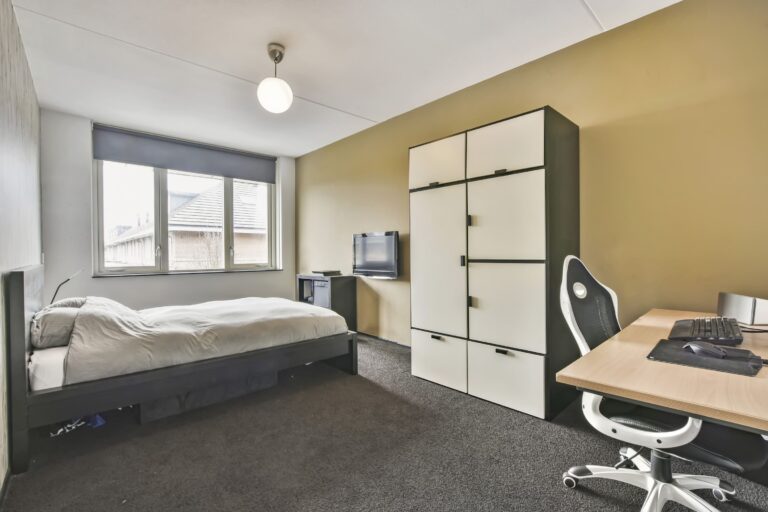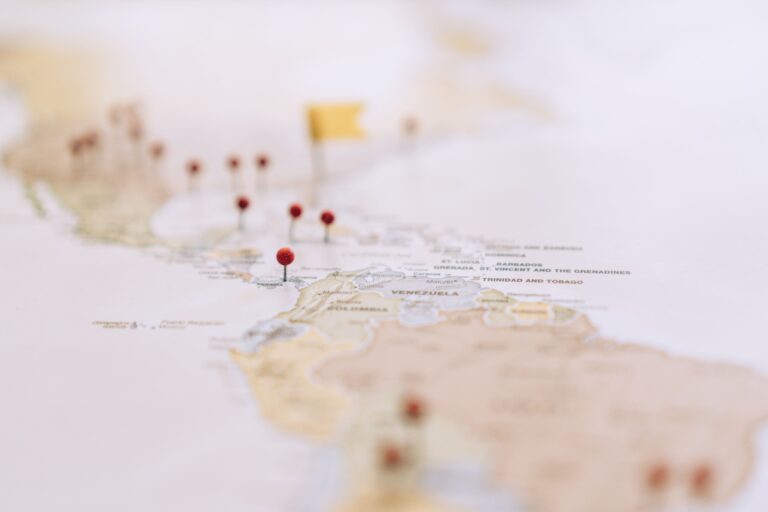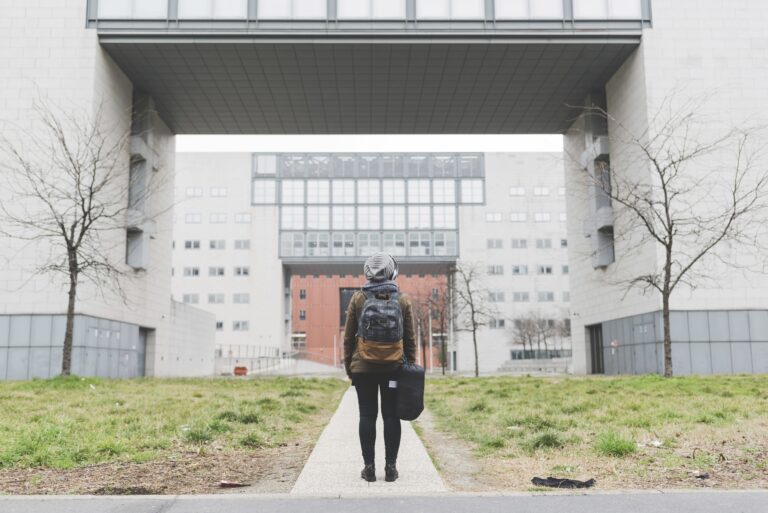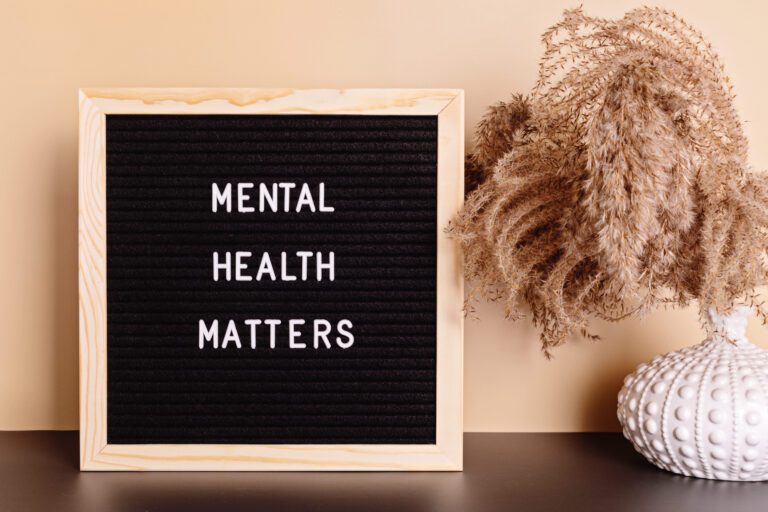Top 7 Safety Features Every Student Apartment Should Have

When you’re choosing student accommodation, factors like location, price, and amenities often take centre stage. But one thing that should always come first is safety. Living in a secure environment doesn’t just protect your belongings — it gives you peace of mind throughout your university journey.
Here are seven essential safety features every student apartment should have.
1. Secure Entry System
Your residence’s entrance is the first line of defence. A safe student accommodation should have controlled access points, such as biometric scanners, key-fob systems, or monitored front desks.
Avoid complexes that allow unrestricted access — a secure entry system reduces the risk of theft and unauthorised visitors, keeping residents and their guests safe.
2. Functioning Smoke Detectors and Fire Equipment
Fire safety is non-negotiable. Every student apartment must have functioning smoke detectors and visible, regularly serviced fire extinguishers or hoses.
When viewing an apartment, always ask about their fire safety policy and equipment locations. The presence (or absence) of these measures is a serious indicator of how much the property values tenant safety.
3. Reliable Locks for Doors and Windows
A controlled entry helps, but individual locks provide personal protection. Each room should have a sturdy door lock, ideally with a deadbolt and peephole.
Ground-floor units should have burglar bars or security gates, and windows should lock securely from the inside. These small details make a big difference in preventing break-ins.
4. Well-Lit Exterior and Common Areas
Criminal activity thrives in the dark. Proper lighting in parking lots, staircases, corridors, and laundry areas acts as a natural deterrent.
Beyond safety from crime, good lighting helps prevent accidents like tripping or falling — a crucial part of student housing design that’s often overlooked.
5. CCTV Surveillance
Even with all precautions, incidents can happen. That’s why CCTV cameras are essential in shared areas such as corridors, study spaces, and parking lots.
Surveillance footage not only helps identify culprits after an incident but also discourages crime in the first place. When choosing a student apartment, check that cameras are well-positioned and actively monitored.
6. Emergency Preparedness Plan
Every accommodation should have a clear emergency plan and visible evacuation routes. During your viewing, look for emergency exit signs and assembly points.
Ask management about their process in case of fires, power failures, or other emergencies. A good accommodation will also provide a list of emergency contact numbers (fire, ambulance, and security).
7. Responsive Management or On-Site Security
The best safety systems mean little without responsive management. Whether it’s a maintenance issue, suspicious activity, or a safety concern, the property’s staff should handle reports quickly and professionally.
A responsive team builds trust — knowing that if something goes wrong, someone’s there to help.
Final Thoughts
When it comes to student accommodation, safety isn’t optional — it’s essential. Before signing a lease, make sure your new home includes these key safety features.
After all, this will be your home away from home. Choosing a secure apartment means less stress, better focus, and more confidence to enjoy university life to the fullest.






